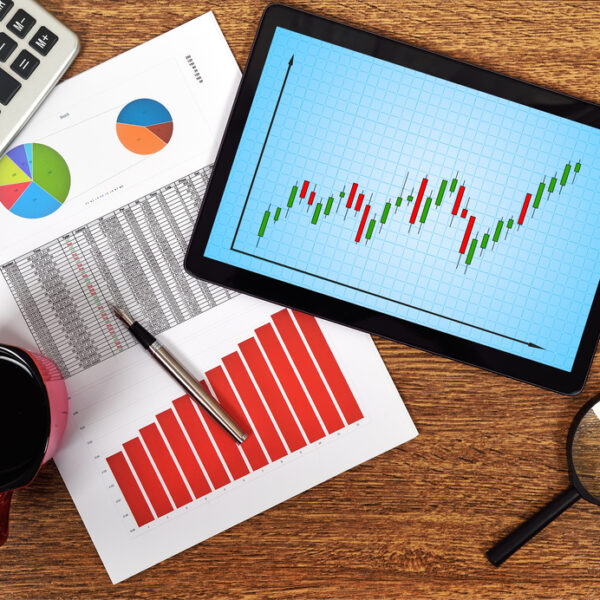Essential Things You Need To Know About Predictive Analytics
Everything you need to know about predictive analytics
Predictive analytics is a branch of data analytics which aims to predict outcomes using historical and current data with the help of techniques that include machine learning and statistical modeling. With the help of this technology, one can create their own marketing procedure and improve operations, which can cut unnecessary expenses and save resources in the long run. Due to its rising popularity, the global market for predictive analytics is rapidly growing and by 2022 is expected to be worth around $11 billion.

How is predictive analytics employed in different types of industries?
All types of organizations can implement predictive analytics to achieve multiple objectives. Here are some examples that illustrate how various businesses use this technology.
- Aerospace
Predictive analytics is used in the aerospace industry to understand and anticipate the performance of maintenance operations involving fuel management, aircraft reliability, and uptime. - Energy
For energy companies, predictive analytics can come in handy for foretelling price fluctuations, demand ratios, the impact of weather, regulations, equipment failure, and variable and service expenses. - Automotive
In automotive manufacturing units, predictive analytics can be used to understand driver behavior in order to revise assistive technologies. Likewise, automotive companies can also utilize this technology for investigating component durability, which helps analysts narrow down the chances of any failures in the vehicle. - Financial services
Predictive analytics technology is usually used in banks or insurance companies to create credit risk and market trend models. Moreover, it is also adopted for determining the influence of new fiscal laws and policies on the institutions. - Manufacturing
In manufacturing, this technology can be put into practice to adjust raw material supplies based on the projected demands or for anticipating the location and possibility of machine failures. - Retail
Monitoring customer behavior in real-time with the help of predictive analytics can help brands understand what type of sales approach will work the best.
Which companies offer predictive analytics tools and services?
If an organization wants to incorporate predictive analytics, then they can check out the following major providers.
- SAP
- SAS Institute
- IBM
- Microsoft
- Acxiom
- Information Builders
- Teradata
- TIBCO Software
- Tableau Software
What are the different forms of predictive analytics models?
Mentioned below are some common types of predictive analytics models.
- Customer lifetime value
This model identifies the consumer base which is most likely to invest more in a company’s product or service. Using this model will allow manufacturers to develop strategies that target the right audience and waste less time on exploring the behavior of new or potential markets. - Customer segmentation
In this model, predictive analytics is employed to categorize consumers based on similar characteristics and purchase patterns. - Predictive maintenance
This type of model is beneficial for manufacturing units as it examines the possibilities of equipment breakdown. Use of predictive analytics in production environments can help to avoid issues like unforeseen delays or costs. - Quality assurance
The quality assurance model ensures to spot and fix any forms of defects in the early stages of production so that consumers don’t face any difficulties while using the product or service.
What are the shortcomings of predictive analytics?
Although predictive analytics is an excellent tool that can help marketers design and implement the most optimal strategies, it has some limitations to it.
- Since the data is gathered from different sources, its format and quality could starkly vary. For instance, surveys, emails, or forms all have different structures and purposes. Therefore, it might take some time to reprocess and refine the data so that accurate information can be utilized to adopt the right strategies.
- Data drawn from different sources like surveys or feedback forms could be incomplete or incorrect. This might affect the statistical quality of the final report and naturally, change how the manager or marketer outlines a plan.





